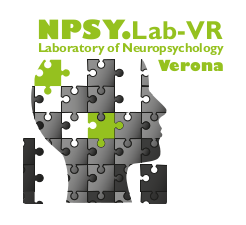Authors:
D. D’Imperio, C. Bulgarelli, S. Bertagnoli, R. Avesani, V. Moro
Abstract
Anosognosia for hemiplegia is a lack of awareness of motor deficits following a right hemisphere lesion. Residual forms of awareness co-occur with an explicit denial of hemiplegia. The term emergent awareness refers to a condition in which awareness of motor deficits is reported verbally during the actual performance of an action involving the affected body part. In this study, two tasks were used to explore the potential effects of i) attempting actions which are impossible for sufferers of hemiplegia and ii) attempting actions which are potentially dangerous. Sixteen hemiplegic patients (8 anosognosic, and 8 non-anosognosic) were asked to perform both potentially dangerous and neutral actions. Our results confirm an increase in emergent awareness in anosognosic patients during the execution of both of these types of action. Moreover, actions that are potentially dangerous improved the degree of awareness. However, lesions in the fronto-temporal areas appear to be associated with a reduced effect of action execution (emergent awareness) while lesions in the basal ganglia and amygdale and the white matter underlying the insula and fronto-temporal areas are associated with a lesser degree of improvement resulting from attempting to perform dangerous actions.
